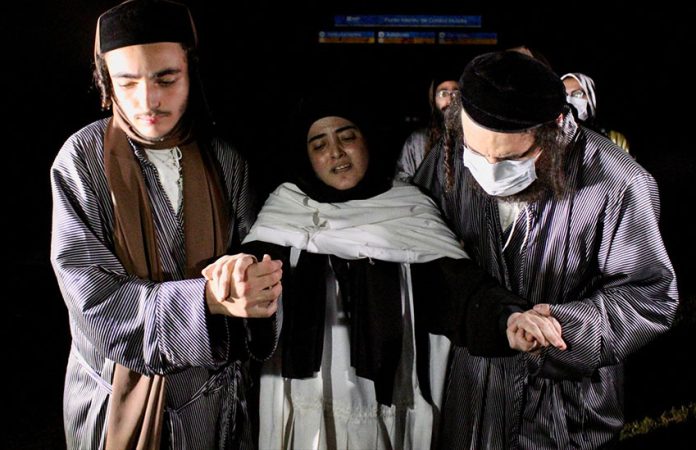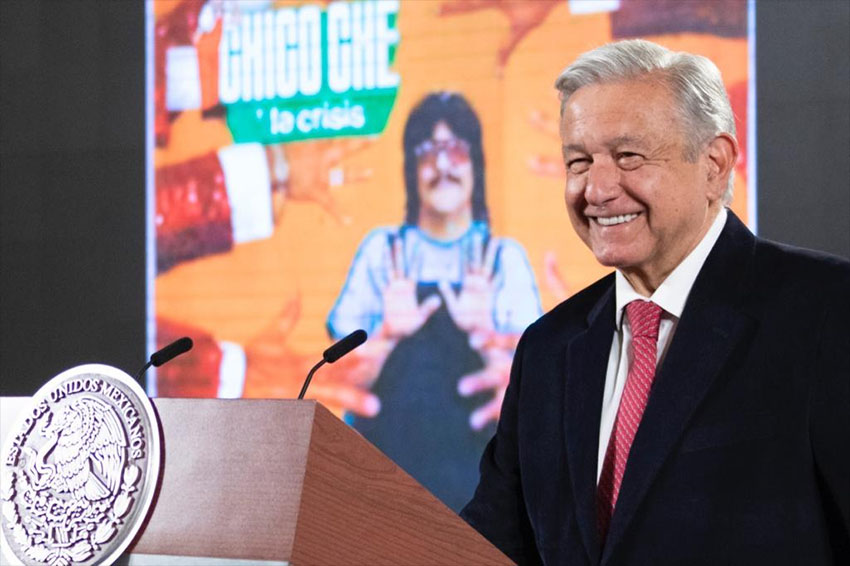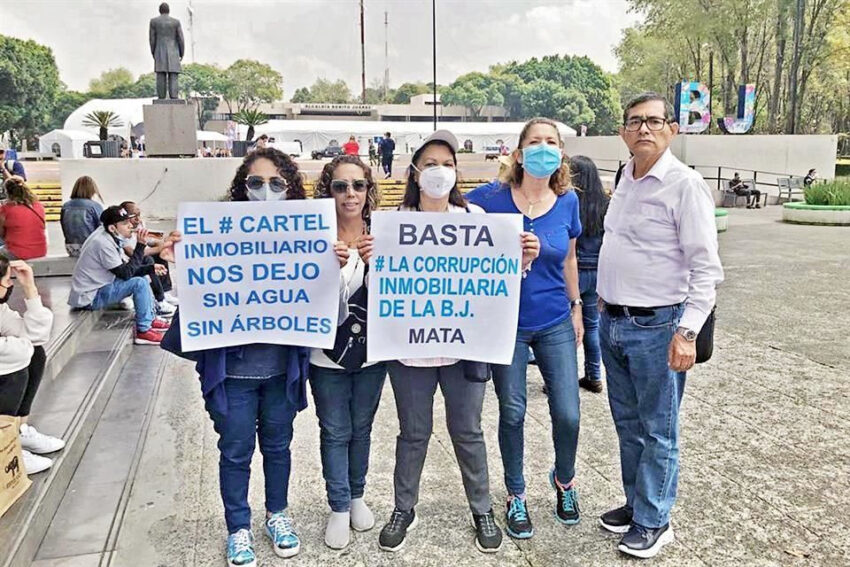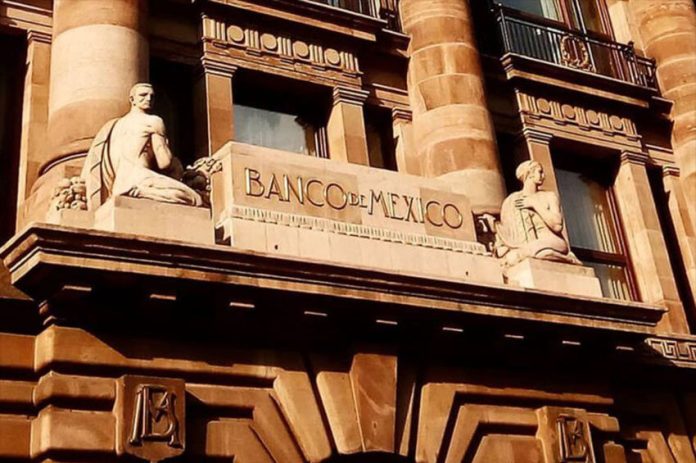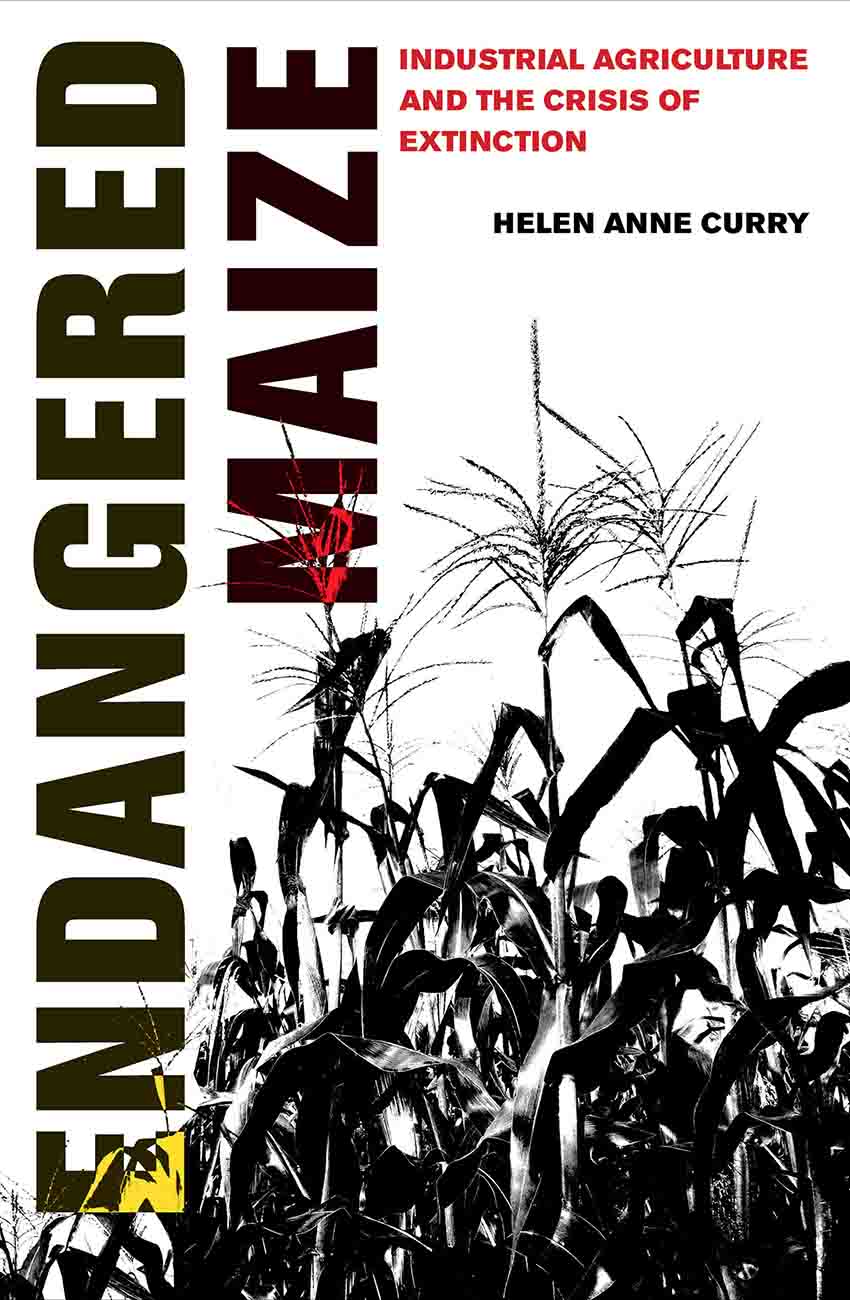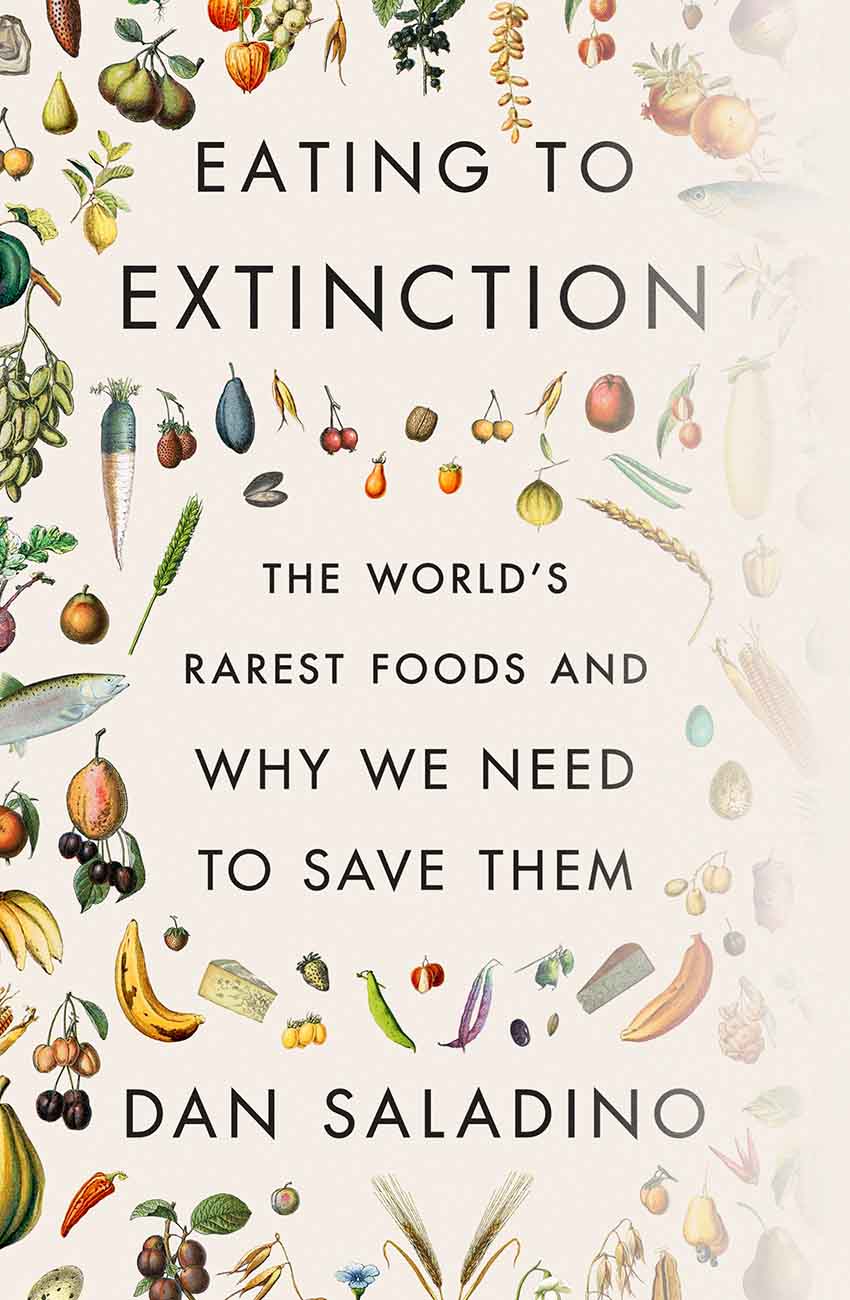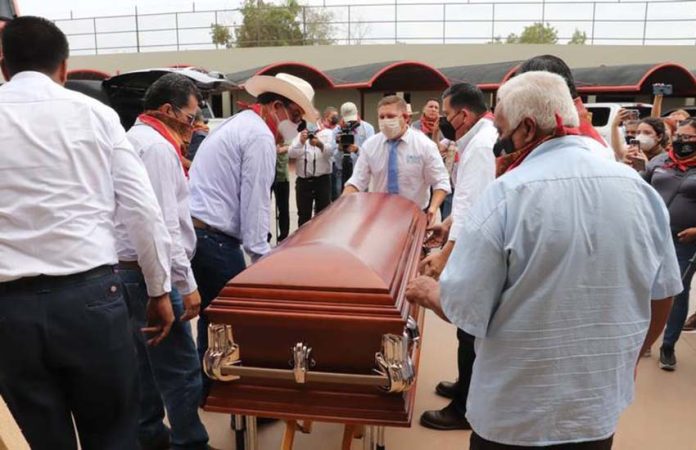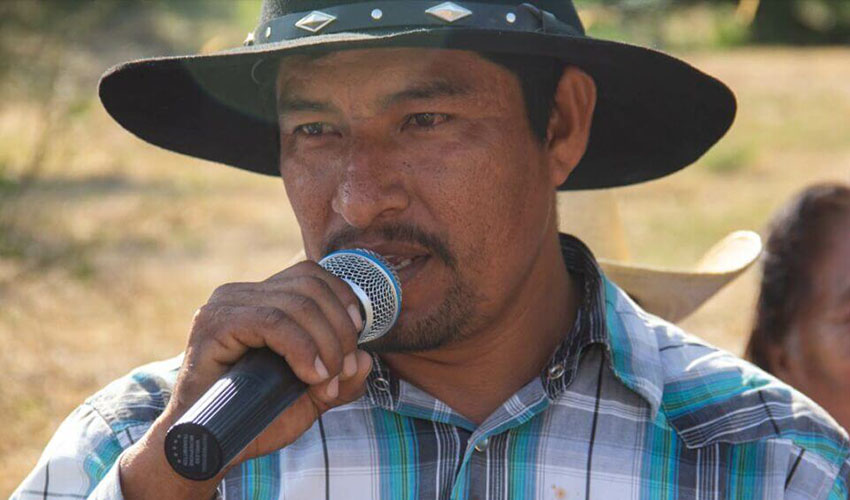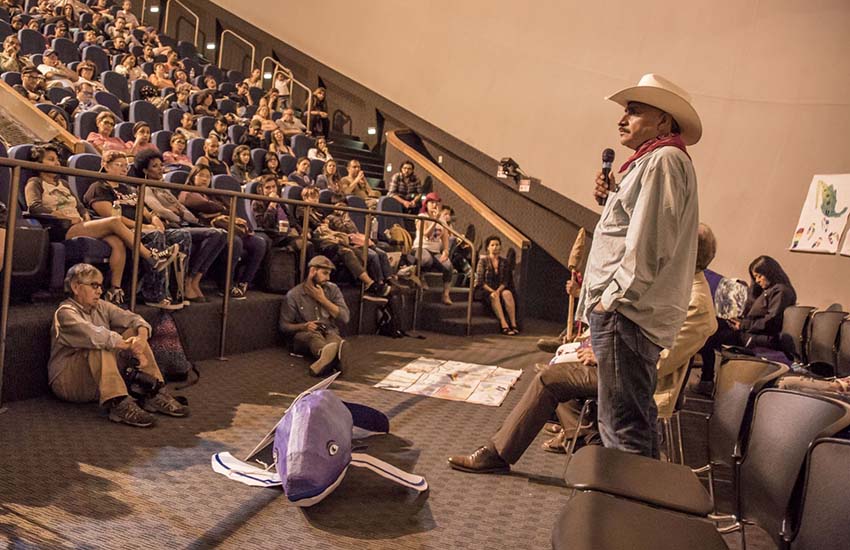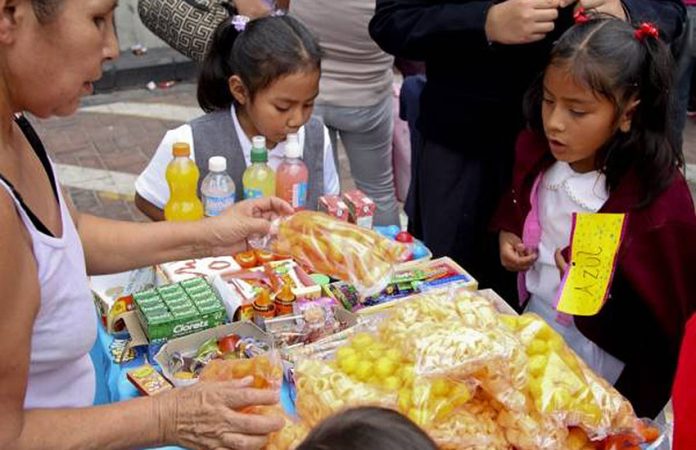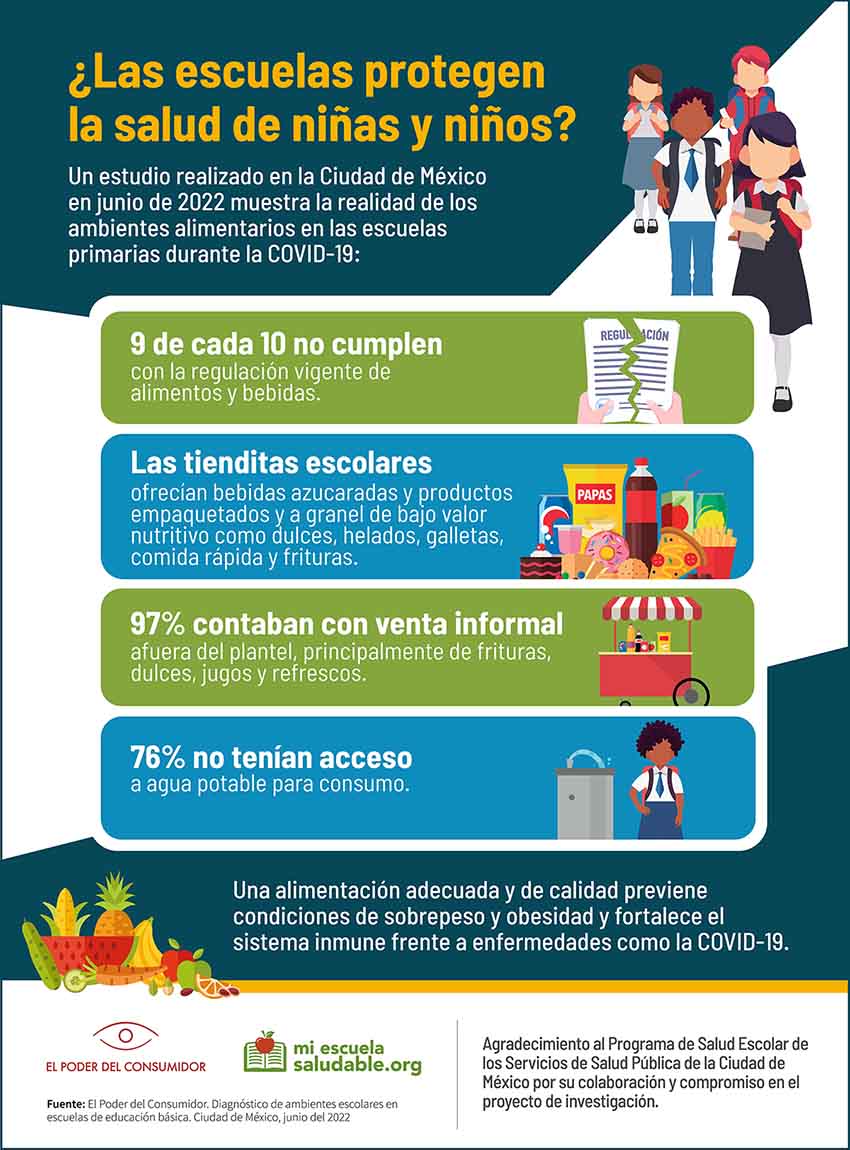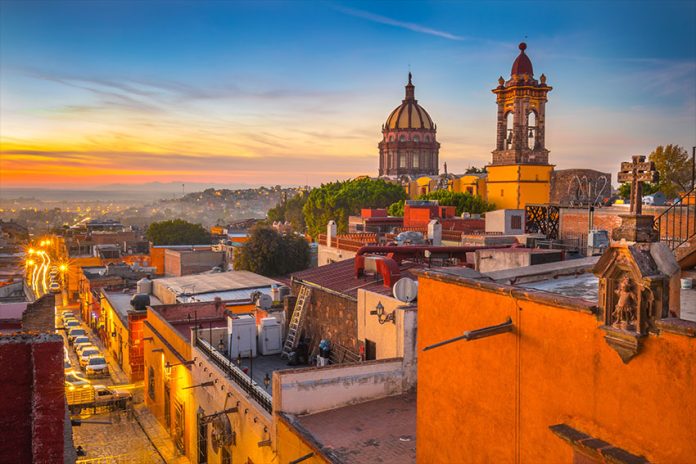Some 20 members of an extremist Jewish sect escaped from a detention center in Chiapas on Wednesday.
They had been held there since last Friday after two members of the Lev Tahor group were arrested on human trafficking and sexual abuse charges.
Photographs show members of the group tussling with security personnel at a detention center in Huixtla, where they had been held under the custody of the DIF family services agency. The news agency Reuters said that one of its reporters filmed the escape in which the group of men, women and children overpowered the guards.
They subsequently left the facility in a waiting truck and headed towards the border with Guatemala, the Associated Press reported. Mexican authorities reportedly didn’t attempt to return them to custody.
The breakout came after a raid on a compound near Tapachula occupied by members of Lev Tahor, a fundamentalist group often described as a cult. The group, whose name means Pure Heart in Hebrew, advocates child marriage, inflicts harsh punishments even for minor transgressions and requires women and girls as young as three years old to completely cover up with robes, according to a BBC report.
It was founded by an anti-Zionist and remains opposed to the state of Israel, where it was declared a “dangerous cult” by a court.
The Israeli Ministry of Foreign Affairs said in a statement that last Friday’s raid “took place after Mexican police gathered incriminating evidence against several members of the cult on suspicion of drug trafficking, rape and more.”
It said that two Lev Tahor members — an Israeli and a Canadian citizen — were detained on criminal charges, while approximately 20 others were taken to the detention center in Huixtla. The two accused criminals were transferred to a Chiapas prison. Israelis who are dual citizens of Canada, the United States and Guatemala were among those held in the detention center.
Neither DIF nor the federal Attorney General’s Office responded to Reuters’ request for comment about the case.
The Israeli Foreign Ministry said that one former Lev Tahor member took part in the raid in an attempt to be reunited with his three-year-old son. Yisrael Amir and his son have since returned to Israel, the statement said.
Citing a Lev Tahor survivors group, the newspaper El País said that last week’s raid had two objectives: to rescue people being forced to remain in the sect and to arrest those accused of criminal offenses. Two other wanted members of the group reportedly left the compound two days before the raid.
David Rosales, one of the Lev Tahor members who escaped from the detention center, claimed that Mexican authorities violated their religious rights by holding them in custody.
The sect members had lived in Guatemala since 2014 after fleeing to that country from Canada, where they were under intense scrutiny by Canadian authorities for alleged child abuse and child marriage, according to a report by The Times of Israel. They crossed illegally into Mexico in January and settled in a jungle compound north of Tapachula, according to BBC.
“The leadership in Guatemala has been at the centre of a kidnapping case since 2018. Nine of the sect’s members have been charged, four of whom have so far been convicted,” BBC said.
“… [Lev Tahor] has been forced to move from country to country in recent years after coming under scrutiny from local authorities. It is currently spread between Israel, the U.S., North Macedonia, Morocco, Mexico and Guatemala. Between 70 and 80 members are still in Guatemala.”
Two Lev Tahor leaders were sentenced to 12 years in prison in the United States earlier this year after they were convicted of kidnapping and sex trafficking crimes.
The group, which is estimated to have a few hundred members, was founded in the late 1980s by Shlomo Helbrans, an anti-Zionist Israeli religious leader who died in Chiapas in 2017. Some reports have referred to the group as the “Jewish Taliban” due to its strict fundamentalist beliefs.
“The men spend most of their days in prayer and studying specific portions of the Torah,” The Times of Israel said, adding that the group “adheres to an extreme, idiosyncratic reading of kosher dietary laws.”
With reports from Reuters, BBC, El País and The Times of Israel
